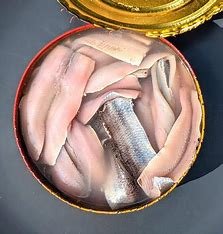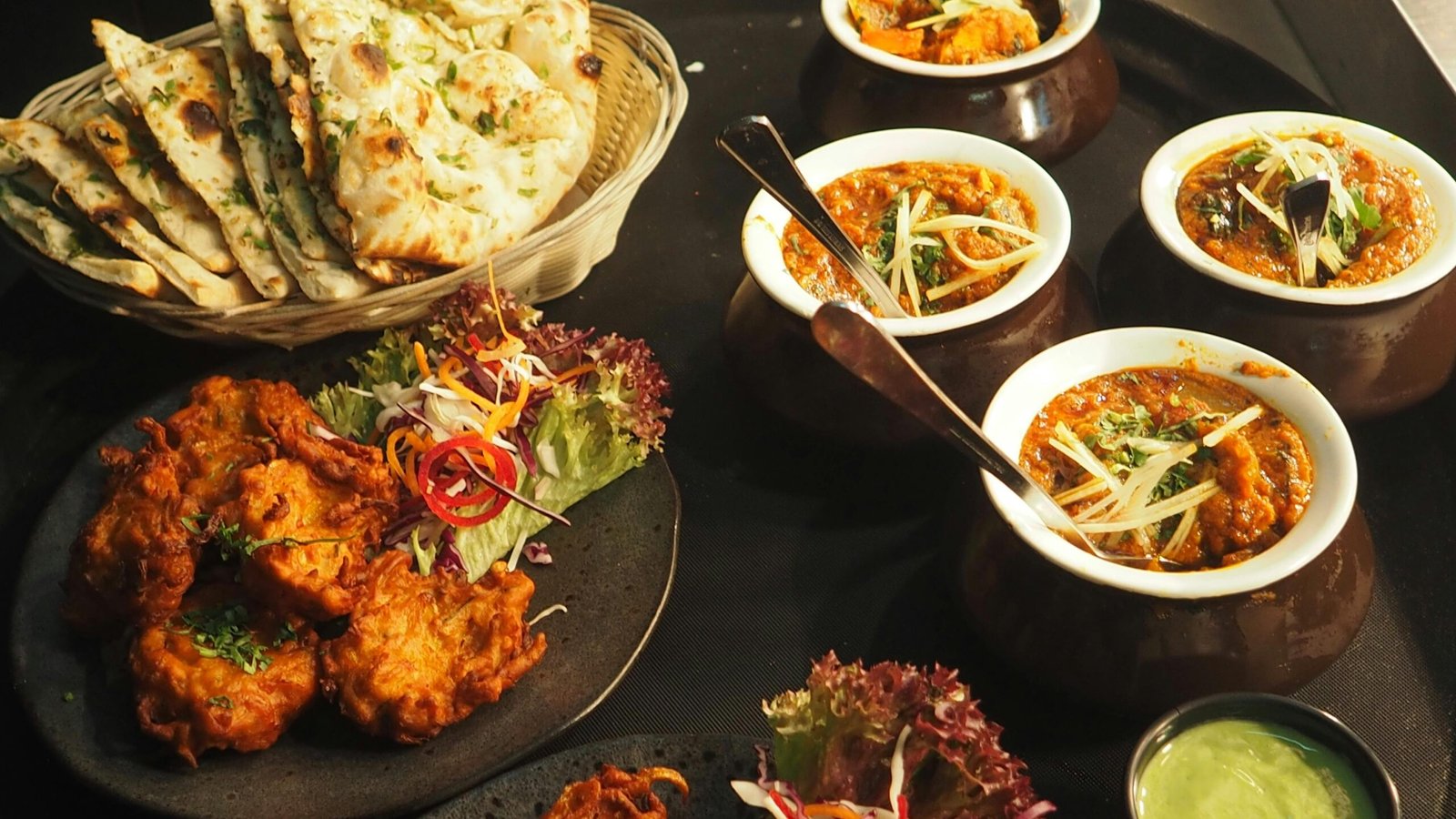Food Without Borders: Bizarre but Traditional
Food is a universal language but sometimes, the menu feels more like a dare than dinner. These strangest foods from around the world prove that what’s bizarre in one culture is perfectly normal in another. From Iceland’s fermented shark to Cambodia’s fried tarantulas, every dish carries a story of tradition, necessity, or celebration. Ready to explore? Let’s dig in.
🧀 Casu Marzu – Italy’s Infamous Maggot Cheese
A Sardinian delicacy made with sheep’s milk, Casu Marzu is intentionally infested with live maggots. The larvae break down fats, giving the cheese a creamy, pungent texture. Although banned by EU regulations, it thrives on the black market; wriggling maggots included.
🥚 Balut – Philippines’ Duck Embryo Street Snack
Balut is a fertilized duck egg with a partially developed embryo, boiled and eaten from the shell. Feathers, bones, and all, it’s a beloved Filipino street food packed with protein and cultural pride.
🐟Surströmming – Sweden’s Fermented Herring

Known as the world’s smelliest food, Surströmming is Baltic herring fermented for months before canning. Its stench is so strong, many ban it indoors. Yet Swedes enjoy it with flatbread, potatoes, and smiles.
🐡 Fugu – Japan’s Deadly Pufferfish
This pufferfish, or Fugu, contains lethal toxins. Only licensed chefs can prepare it safely. A single slip could be fatal, but food thrill-seekers crave the tingling sensation it leaves on the tongue.
🐜 Escamoles – Mexico’s Ant-Larvae Tacos
Harvested from agave roots, Escamoles are ant larvae sautéed into tacos or omelets. With a nutty flavor and cottage-cheese texture, they’re nicknamed “insect caviar.”
🥚 Century Egg – China’s Preserved Surprise
Despite the name, a Century Egg isn’t 100 years old. Preserved in clay, ash, and quicklime, the yolk turns dark green and creamy while the white becomes a translucent jelly. Earthy, pungent, and unforgettable.
Jellied Moose Nose – Canada’s Wild Cold Cut
Jellied-Moose-Nose
In northern Canada, moose nose is boiled, sliced, and set into jelly. Served cold with mustard or pickles, it’s a chewy, gelatinous specialty far removed from typical charcuterie.
🕷️ Crispy Tarantula – Cambodia’s Street Snack
Deep-fried tarantulas became survival food during the Khmer Rouge era. Today, they’re crunchy, garlicky street snacks with gooey centers—proof that necessity can spark culinary tradition.
🦈 Hákarl – Iceland’s Fermented Shark
Fresh Greenland shark is toxic, so Icelanders bury and ferment it underground before drying. The result, Hákarl, is ammonia-rich and pungent—yet proudly served as a national dish.
🦇 Bat Soup – Palau’s Winged Delicacy
In Palau, fruit bats are simmered whole in broth—fur, bones, and all. Served on special occasions, this exotic soup is equal parts shocking and celebratory.
🐙 Sannakji – Korea’s Wriggling Octopus
Sannakji is raw octopus, sliced and served while still wriggling. Diners must chew carefully to avoid suction hazards making it as dangerous as it is daring.
🌐 Final Bite: Culture Served on a Plate
These strangest foods around the world may shock outsiders, but each has meaning born from tradition, environment, and survival. What’s weird in one country is a delicacy in another. Next time you travel, dare to taste the story on the plate. You might discover more than flavor.
Which of these foods would you try or never touch? Drop your reaction in the comments and share this post with a foodie friend. For more global curiosities, follow Keridam.com.
